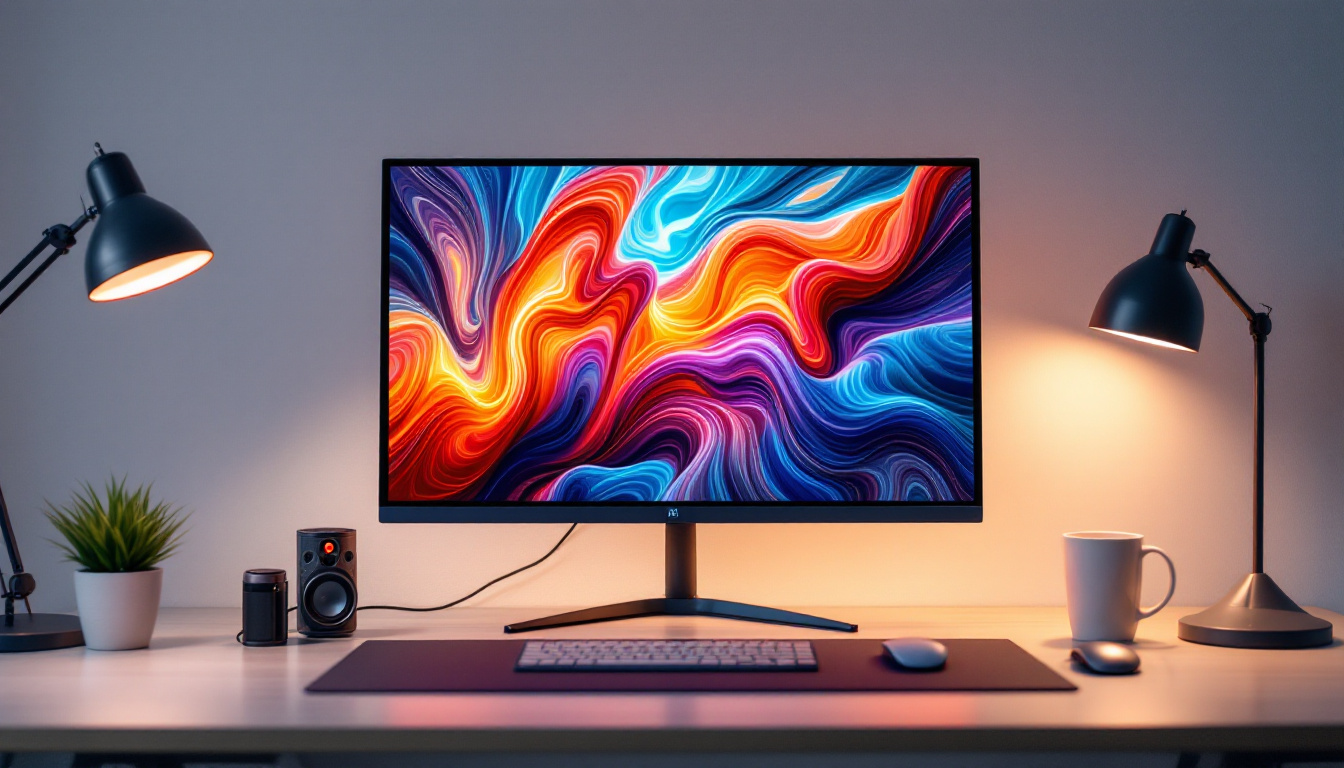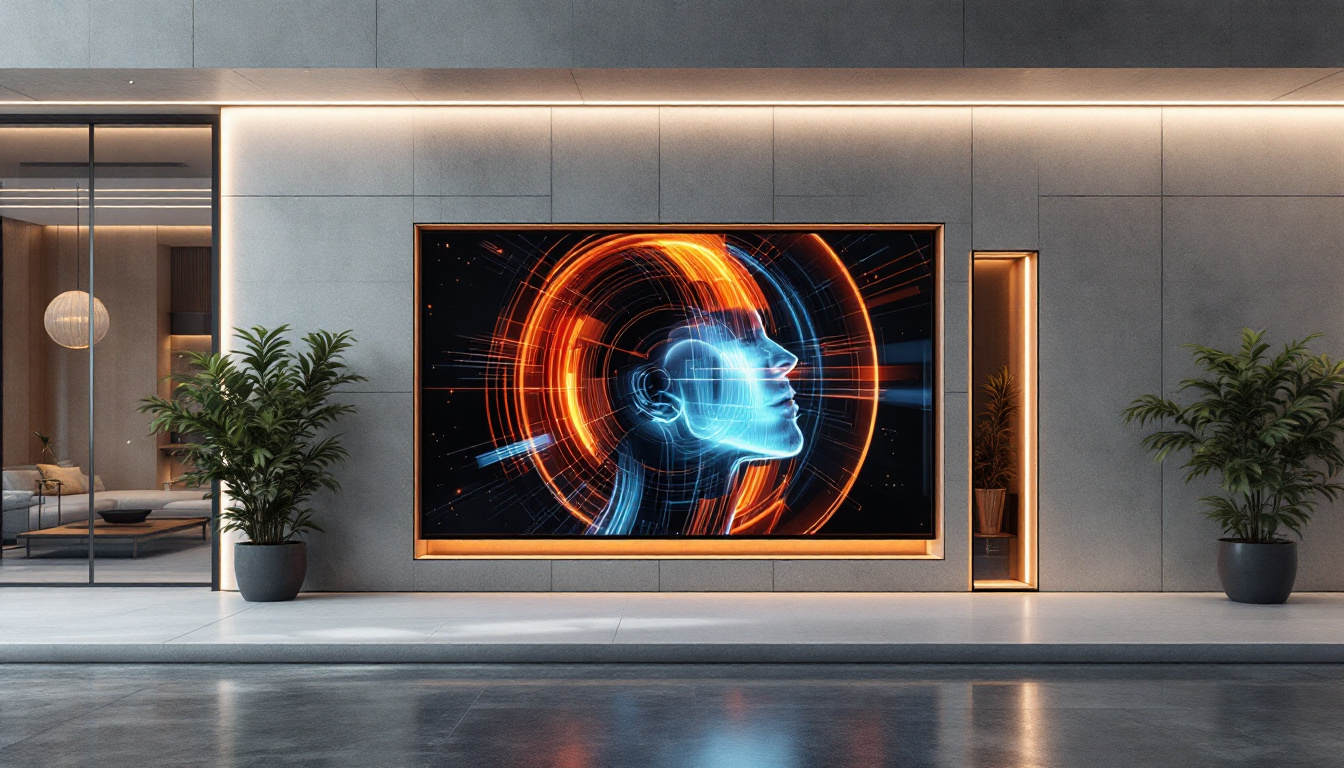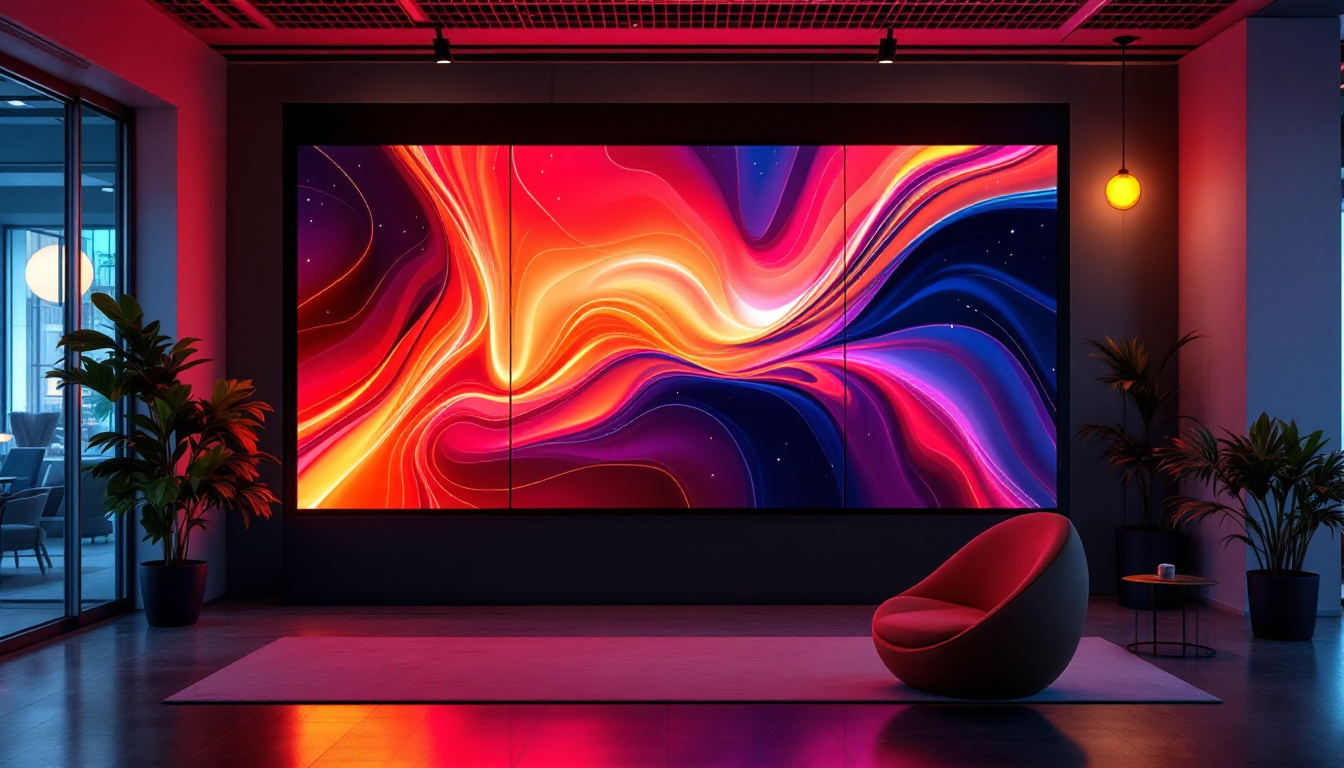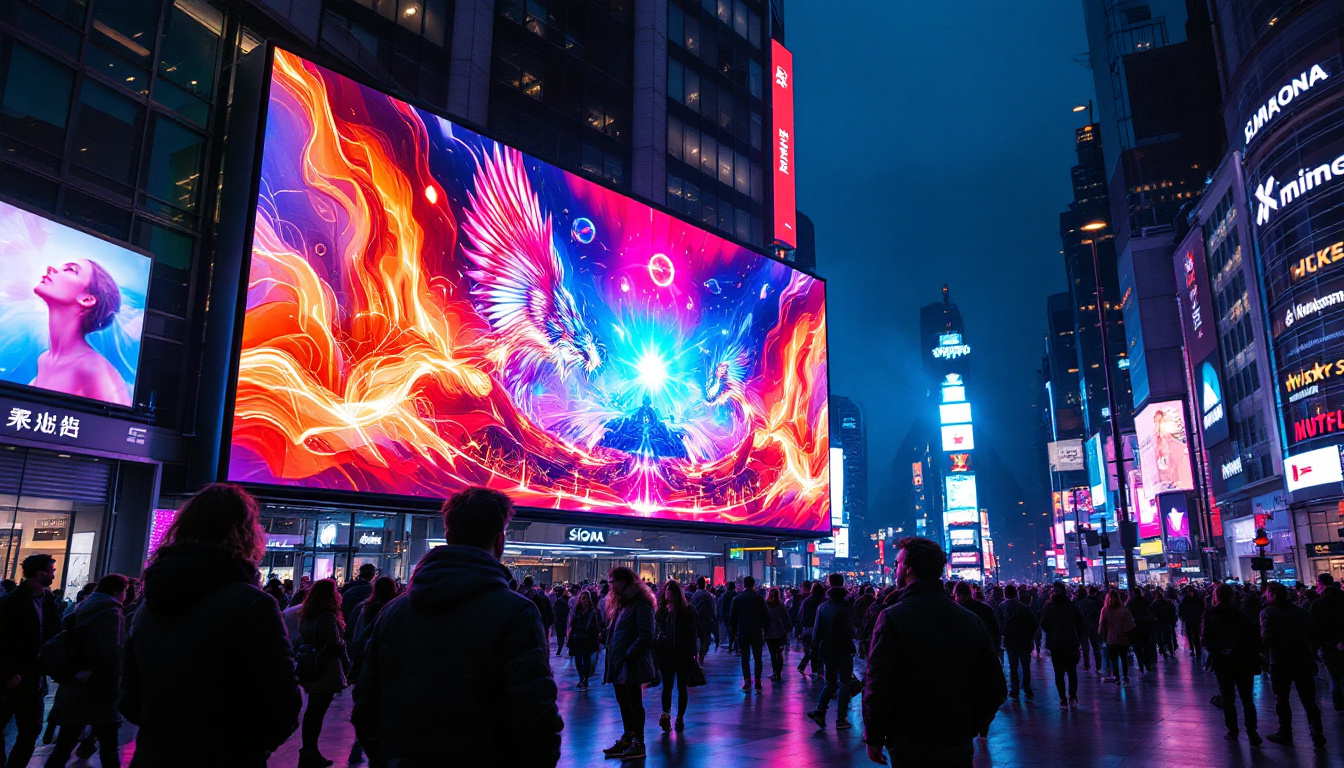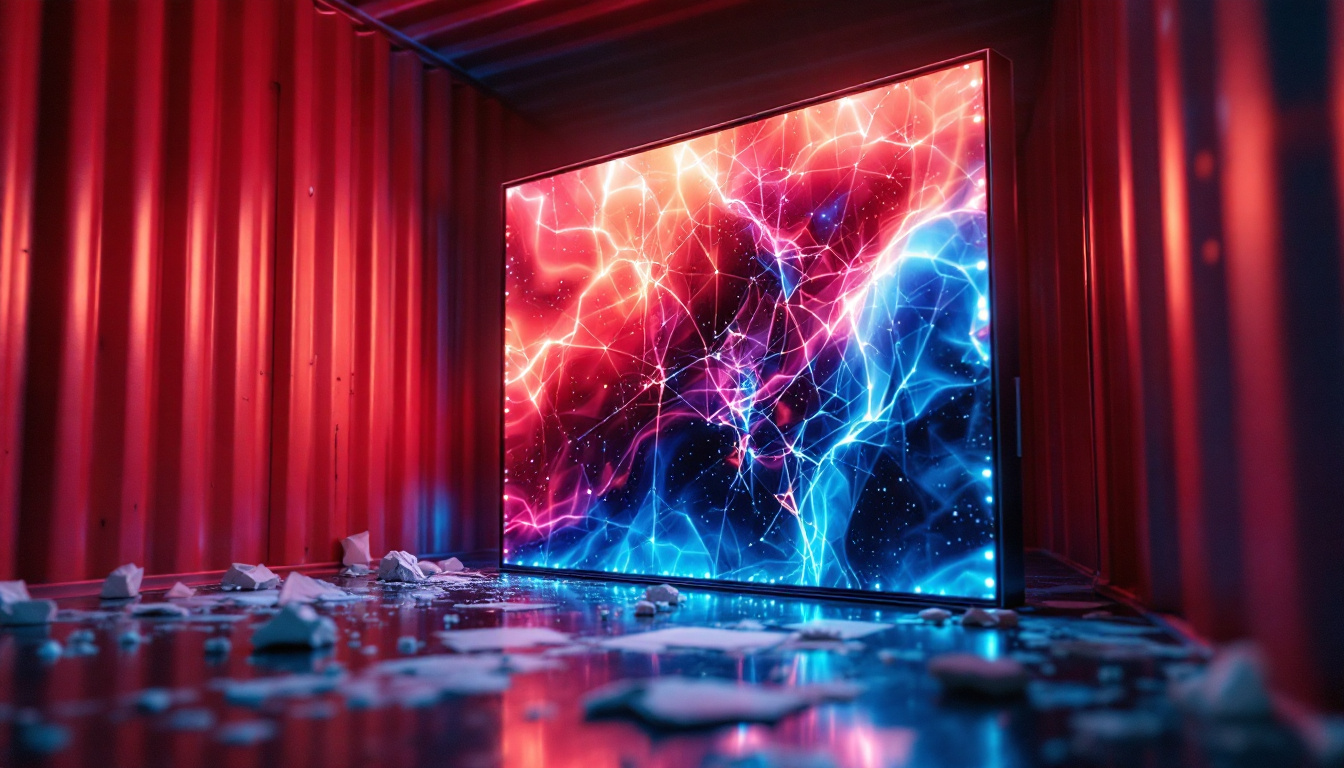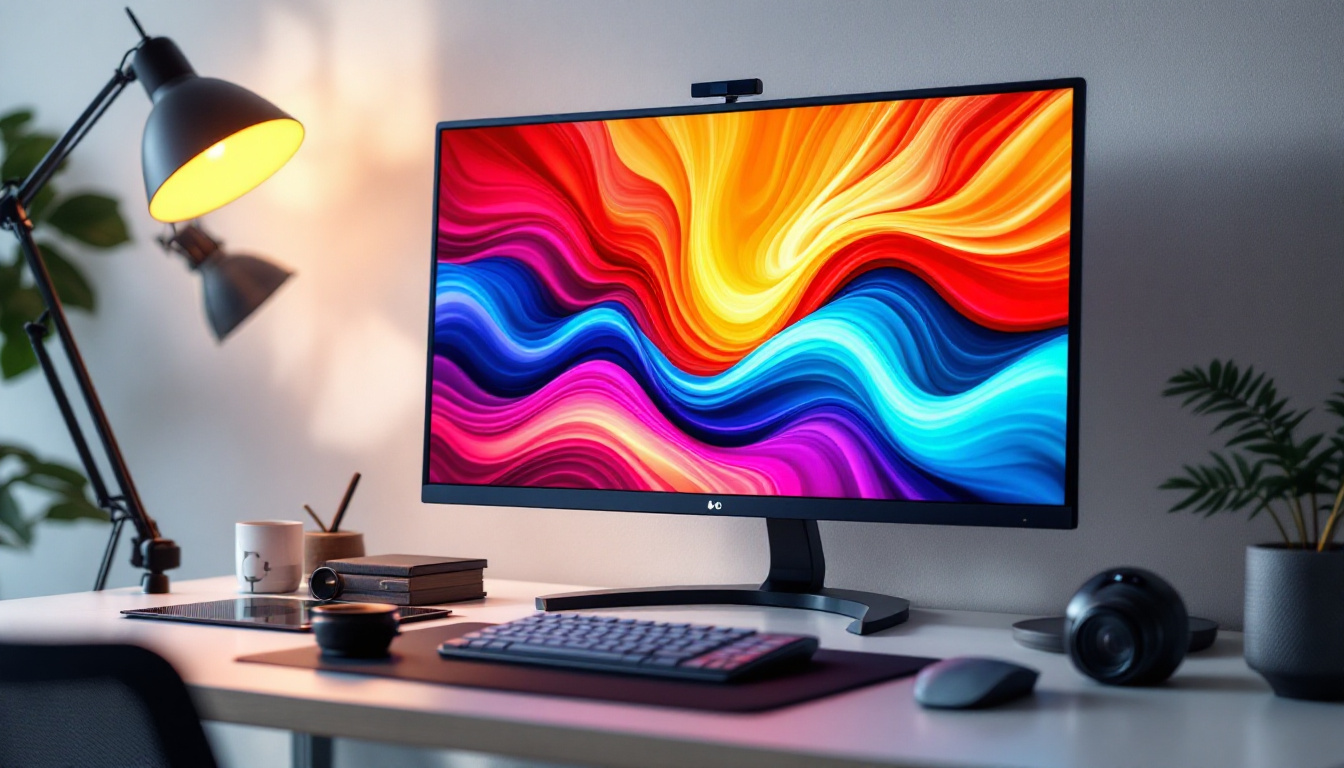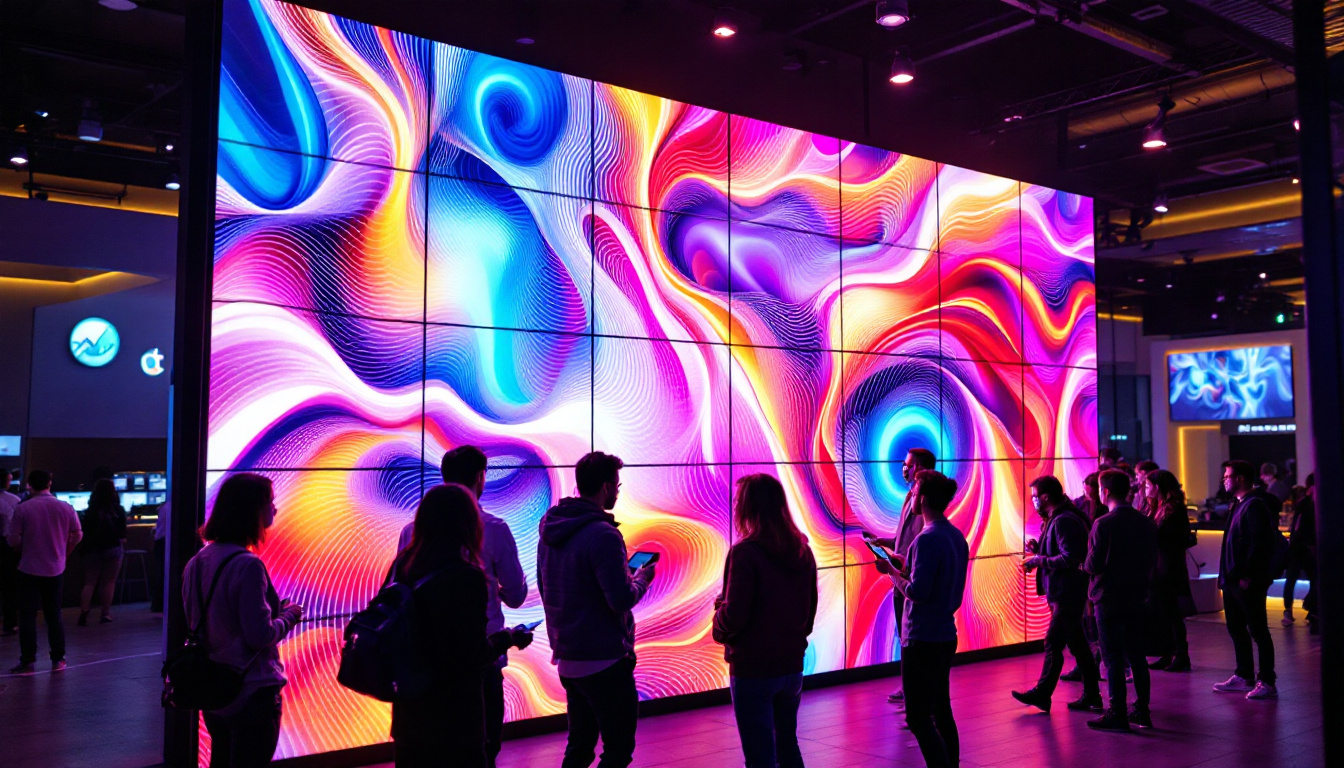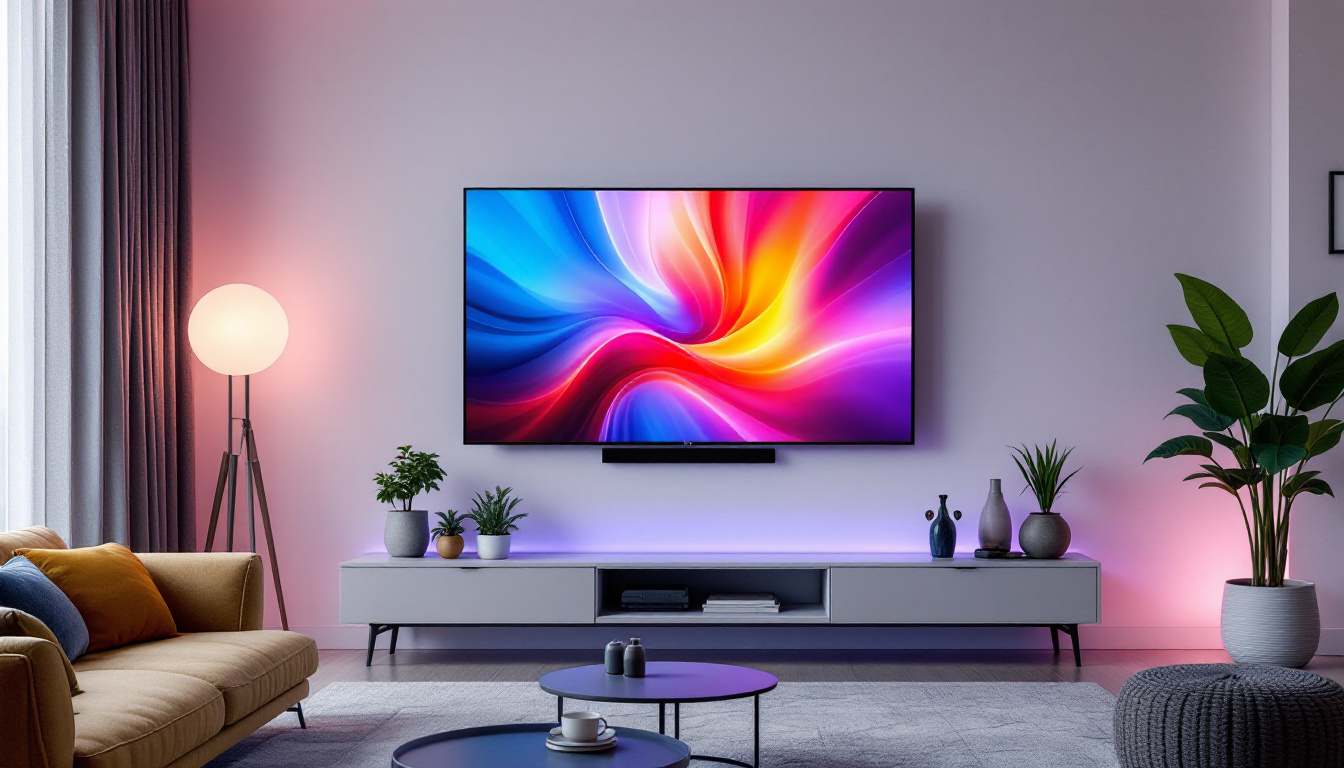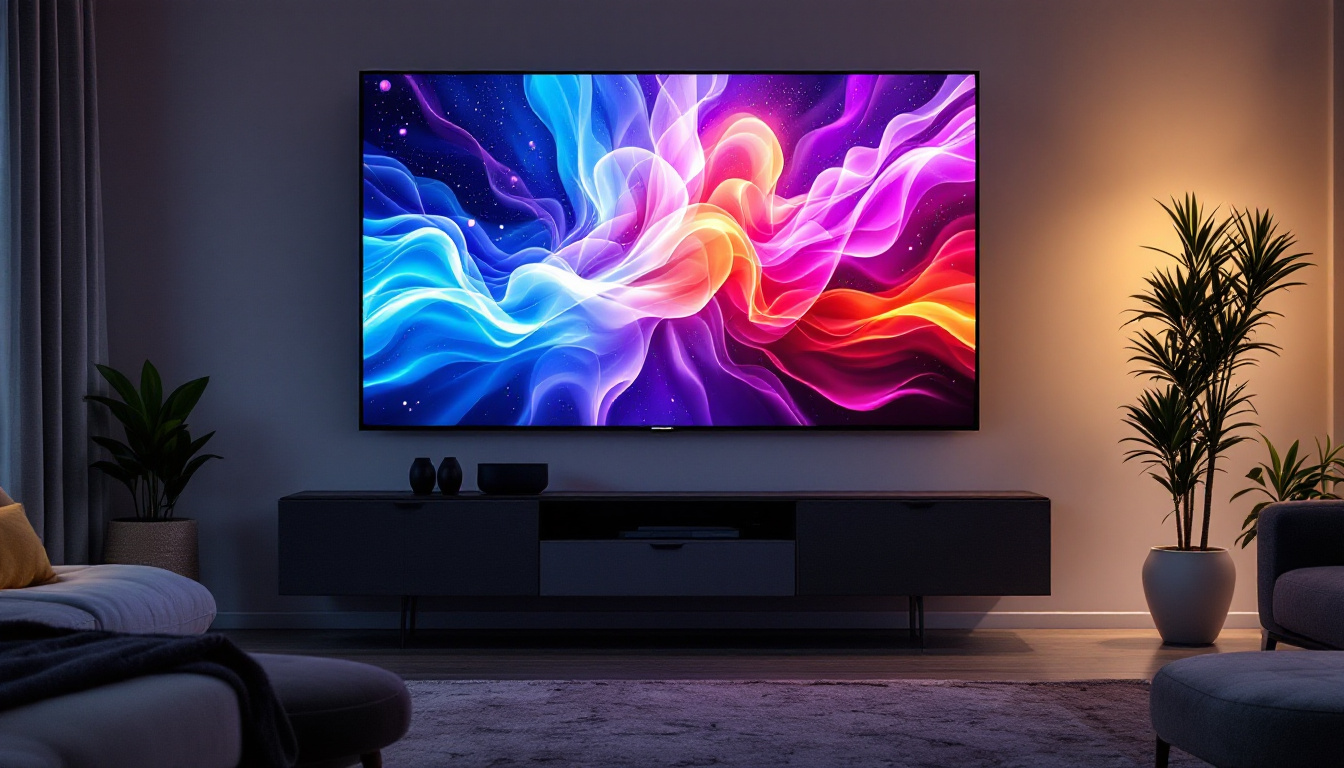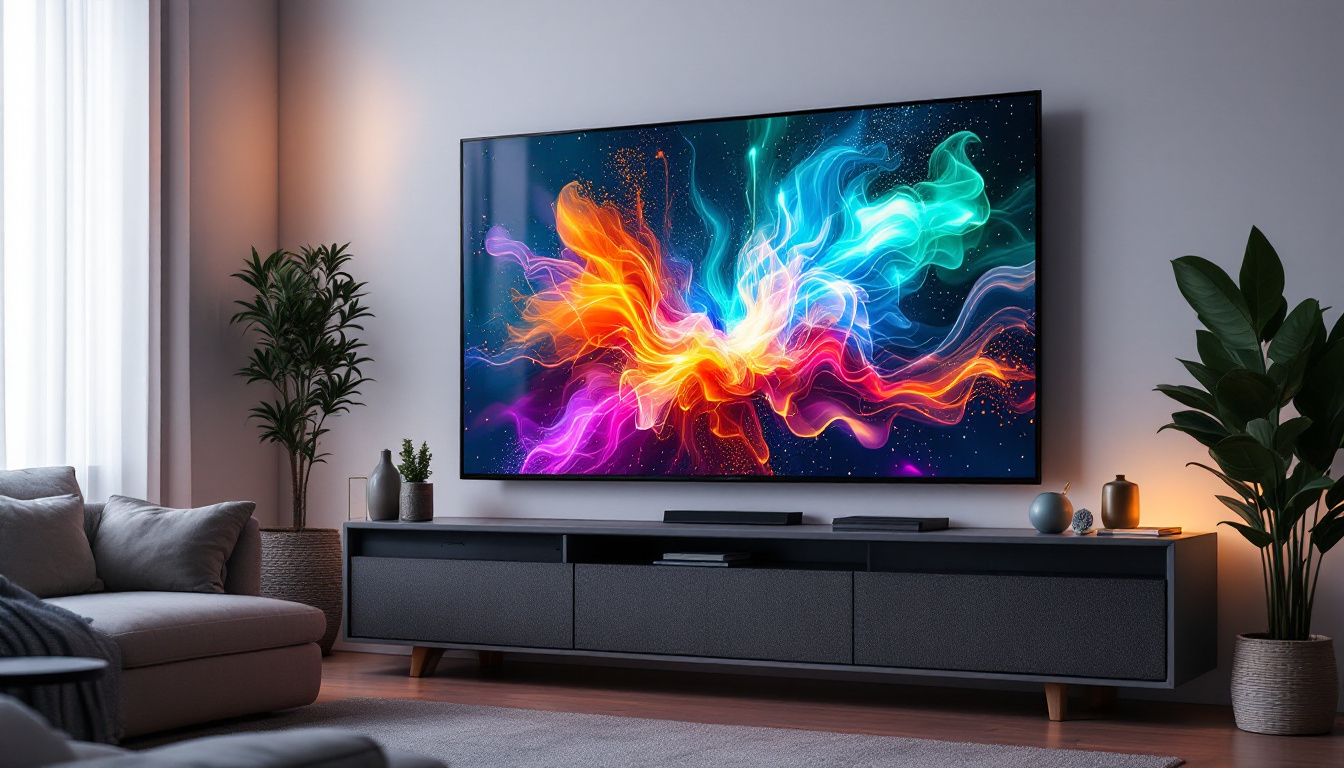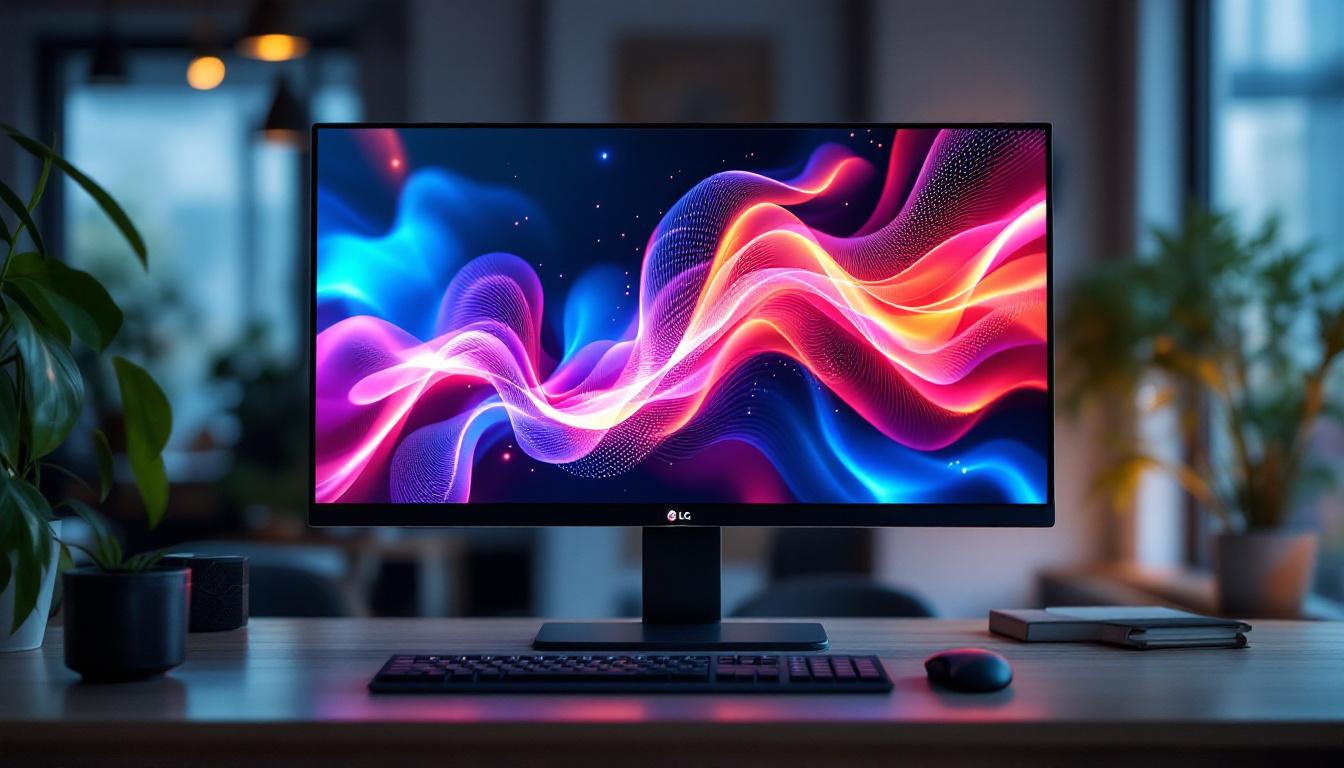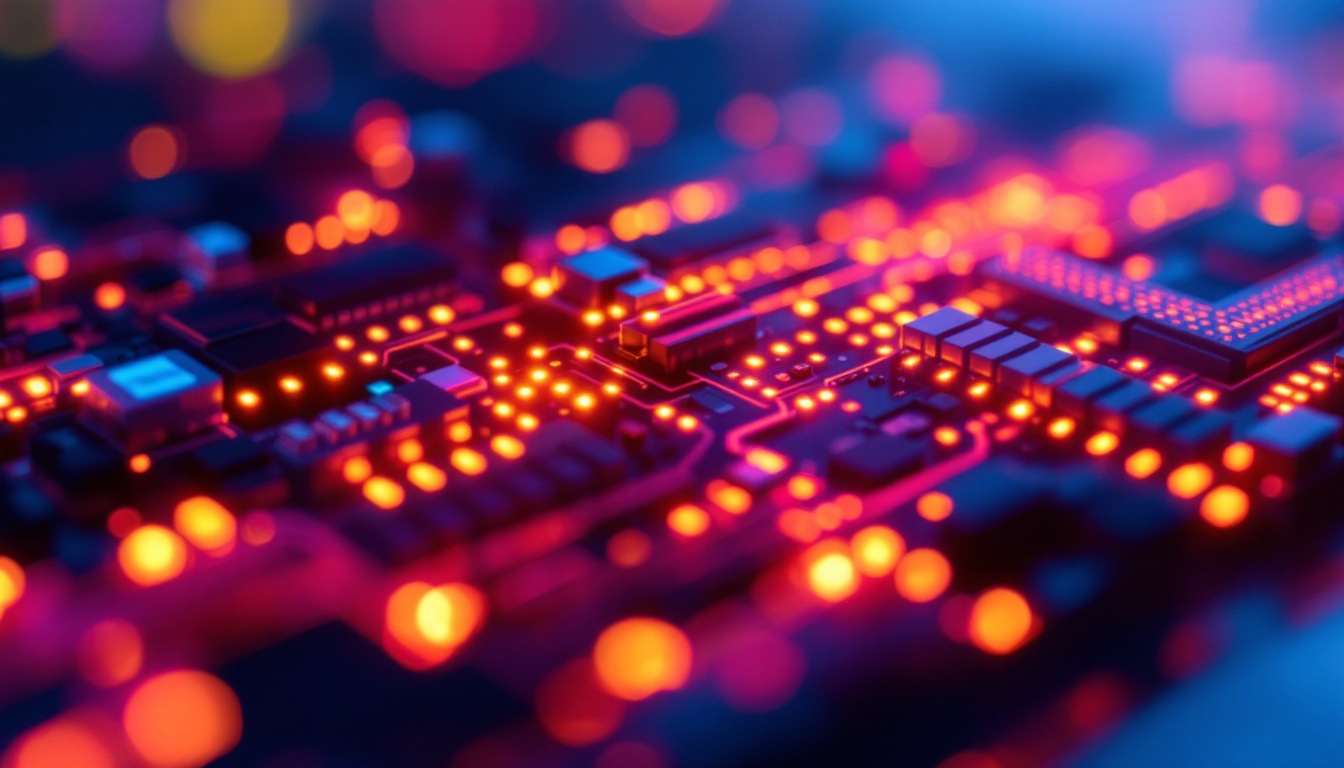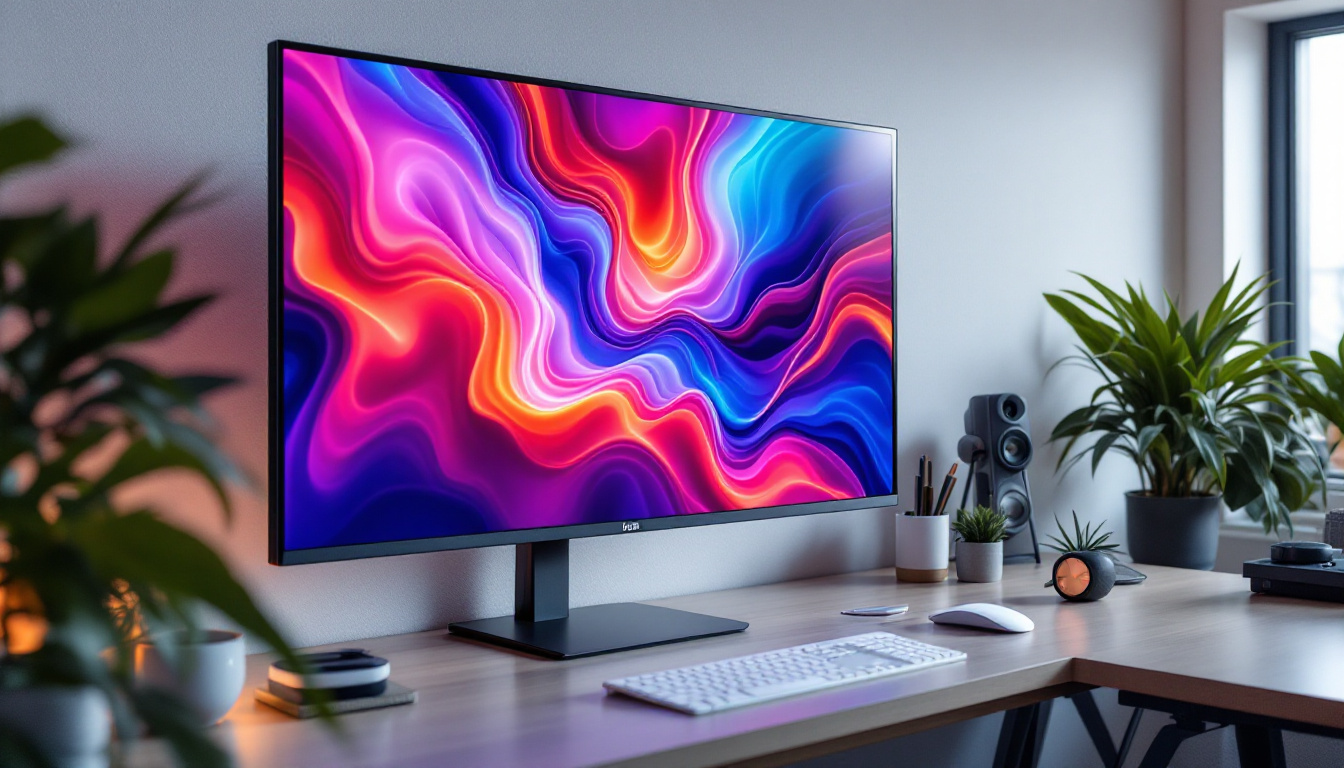In the rapidly evolving world of display technology, microLED monitors are emerging as a groundbreaking innovation that promises to redefine visual experiences. These monitors utilize tiny, self-emissive LEDs to create stunning images with remarkable clarity and color accuracy. This article delves into the intricacies of microLED technology, its advantages, applications, and the future it holds in the realm of digital displays.
Understanding MicroLED Technology
What is MicroLED?
MicroLED technology involves the use of microscopic light-emitting diodes that are smaller than traditional LEDs. Each microLED functions as an individual pixel, allowing for precise control over brightness and color. This self-emissive nature means that microLED displays do not require a backlight, unlike LCDs, resulting in deeper blacks and higher contrast ratios.
The tiny size of microLEDs enables manufacturers to create displays with higher pixel densities, leading to sharper images and more vibrant colors. This technology is not only energy-efficient but also has the potential for longer lifespans compared to conventional display technologies. As a result, microLED displays are becoming increasingly popular in high-end televisions, smartphones, and wearable devices, where visual quality is paramount.
Moreover, the durability of microLEDs contributes to their appeal; they are less susceptible to burn-in issues that can plague OLED displays, making them ideal for applications where static images are displayed for extended periods. This resilience opens up new possibilities for digital signage and advertising, where consistent performance over time is crucial.
How MicroLED Works
At the core of microLED technology is the ability of each microLED to emit its own light. When a microLED is activated, it generates its own color by combining red, green, and blue light. This process allows for a broader color gamut and improved color accuracy. The display is made up of millions of these microLEDs, working together to create a cohesive image.
Furthermore, microLEDs can be arranged in various configurations, enabling flexible display designs. This adaptability is particularly beneficial for applications that require unique form factors, such as curved screens or large video walls. The modular nature of microLED technology allows for seamless integration into different environments, from home theaters to corporate settings, enhancing the viewing experience.
In addition to their flexibility, microLED displays also promise significant advancements in response times and refresh rates. This is particularly advantageous for gaming and virtual reality applications, where high frame rates and quick pixel response are essential for an immersive experience. As the technology matures, we can expect to see microLEDs being utilized in a wider array of devices, pushing the boundaries of what is possible in display technology.
Advantages of MicroLED Monitors
Superior Picture Quality
One of the most significant advantages of microLED monitors is their superior picture quality. The self-emissive nature of microLEDs results in exceptional contrast ratios, allowing for deeper blacks and brighter whites. This capability enhances the overall viewing experience, making it particularly appealing for content creators and consumers alike.
Additionally, microLED displays offer wider viewing angles compared to traditional LCDs. This characteristic ensures that colors remain consistent and vibrant, regardless of the viewer’s position relative to the screen. The pixel density of microLED technology also plays a crucial role in delivering stunning detail, making it ideal for high-resolution content such as 4K and 8K videos. As a result, viewers can enjoy an immersive experience that captures the intricacies of every scene, whether it’s a cinematic masterpiece or a high-action video game.
Energy Efficiency
MicroLED technology is inherently more energy-efficient than many traditional display technologies. Since each microLED emits its own light, power consumption is optimized based on the content being displayed. Darker images require less power, while brighter scenes can be produced without excessive energy use.
This energy efficiency not only reduces operational costs but also contributes to a smaller carbon footprint, making microLED monitors an environmentally friendly choice for consumers and businesses. Furthermore, the reduced heat output of microLED displays can lead to lower cooling costs in commercial settings, where multiple screens may be in use. This dual benefit of energy savings and thermal efficiency positions microLED monitors as a smart choice for both home and professional environments, aligning with the growing demand for sustainable technology solutions.
Longevity and Durability
MicroLED displays are designed to last longer than their LCD counterparts. The absence of a backlight reduces the risk of burn-in, a common issue with OLED displays. Moreover, microLEDs are less susceptible to damage from environmental factors such as humidity and temperature fluctuations, enhancing their durability in various settings.
This longevity makes microLED monitors a wise investment, particularly for commercial applications where displays are in constant use. In addition to their robustness, microLEDs are also resistant to color degradation over time, maintaining their vibrant hues and brightness levels longer than traditional displays. This resilience ensures that businesses can rely on microLED technology for consistent performance, reducing the need for frequent replacements and maintenance. As a result, companies can focus on their core operations without the distraction of display-related issues, further enhancing productivity and efficiency in the workplace.
Applications of MicroLED Monitors
Consumer Electronics
MicroLED technology is making significant strides in the consumer electronics market, particularly in televisions and monitors. High-end televisions featuring microLED displays are becoming increasingly popular due to their exceptional picture quality and energy efficiency. These displays cater to the growing demand for immersive home entertainment experiences. With vibrant colors, deep blacks, and impressive brightness levels, microLED televisions are redefining the viewing experience, making them a favorite among cinephiles and casual viewers alike. The modular nature of microLED technology also allows for larger screen sizes without compromising on resolution, enabling consumers to create a home theater experience that rivals commercial cinemas.
Gaming monitors are another area where microLED technology is gaining traction. Gamers benefit from the fast response times and high refresh rates that microLED displays offer, enhancing gameplay and visual fidelity. The low latency and high dynamic range capabilities of microLEDs provide a competitive edge in fast-paced gaming scenarios, allowing players to react swiftly and accurately. Furthermore, the potential for customizable screen sizes and shapes means that gamers can tailor their setups to fit their unique preferences, creating an immersive gaming environment that enhances their overall experience.
Commercial Use
In commercial settings, microLED monitors are being utilized for digital signage, advertising, and information displays. Their ability to deliver vibrant visuals in various lighting conditions makes them ideal for retail environments, airports, and public spaces. Businesses are leveraging microLED technology to create eye-catching advertisements that stand out, even in bright sunlight, ensuring that their messages reach a wider audience. The durability and energy efficiency of microLED displays also contribute to lower operational costs, making them an attractive investment for companies looking to enhance their marketing strategies.
Moreover, microLED technology allows for the creation of large video walls that can be customized to fit any space. This flexibility enables businesses to design engaging displays that capture the attention of their audience. From interactive kiosks in shopping malls to dynamic presentations in corporate environments, the versatility of microLED screens is transforming how information is conveyed. The seamless integration of these displays into architectural designs also opens up new possibilities for artistic installations and immersive experiences that captivate viewers and encourage interaction.
Virtual and Augmented Reality
As virtual and augmented reality technologies continue to advance, microLED displays are poised to play a crucial role. Their high pixel density and fast response times make them suitable for VR and AR applications, where visual clarity and immersion are paramount. The ability to produce lifelike images with minimal motion blur enhances the realism of virtual environments, allowing users to feel as though they are truly part of the digital world. This capability is particularly important in applications such as training simulations, where precision and detail can significantly impact the effectiveness of the experience.
These displays can enhance the realism of virtual environments, providing users with an unparalleled experience. As the demand for VR and AR applications grows, microLED technology will likely become a key component in the development of next-generation devices. Furthermore, the potential for lightweight and flexible microLED panels opens up exciting opportunities for wearable technology, such as smart glasses and headsets, which could revolutionize how we interact with digital content in our daily lives. As developers continue to explore the boundaries of these technologies, microLEDs are set to be at the forefront of innovation in immersive experiences.
Challenges Facing MicroLED Technology
Manufacturing Complexity
Despite its numerous advantages, microLED technology faces challenges, particularly in manufacturing. The production of microLED displays involves complex processes, including the precise placement of millions of tiny LEDs on a substrate. This complexity can lead to higher production costs and longer lead times compared to traditional display technologies.
As manufacturers continue to refine their processes and develop new techniques, it is expected that the cost of microLED displays will decrease, making them more accessible to consumers and businesses alike.
Market Competition
The display technology market is highly competitive, with established players in the LCD and OLED segments. MicroLED technology must prove its worth in terms of performance and cost-effectiveness to gain a foothold in this crowded market.
As more companies invest in research and development, the landscape may shift, leading to increased adoption of microLED technology across various industries.
Consumer Awareness
Another challenge is consumer awareness and understanding of microLED technology. Many consumers are still unfamiliar with the benefits and capabilities of microLED displays compared to more established technologies. Education and marketing efforts will be essential in driving adoption and acceptance of microLED monitors.
As consumers become more informed about the advantages of microLED technology, demand is likely to increase, paving the way for broader market penetration.
The Future of MicroLED Monitors
Innovations on the Horizon
The future of microLED technology is promising, with ongoing research and innovation paving the way for new applications and enhancements. As manufacturers continue to develop more efficient production methods, the cost of microLED displays is expected to decrease, making them more accessible to a wider audience.
Additionally, advancements in microLED technology may lead to new form factors and applications, such as flexible displays and wearable technology. These innovations could further expand the market for microLED monitors, providing consumers with even more options for their display needs.
Integration with Emerging Technologies
MicroLED displays are likely to play a significant role in the integration of emerging technologies such as artificial intelligence and the Internet of Things (IoT). As smart devices become more prevalent, the demand for high-quality displays that can seamlessly integrate with these technologies will grow.
MicroLED technology’s versatility and performance make it an ideal candidate for future applications that require sophisticated visual displays, from smart home devices to advanced automotive displays.
Conclusion
MicroLED monitors represent a significant advancement in display technology, offering superior picture quality, energy efficiency, and durability. As the market continues to evolve, microLED displays are poised to become a dominant force in both consumer electronics and commercial applications.
While challenges such as manufacturing complexity and market competition remain, ongoing innovations and increased consumer awareness are likely to drive the adoption of microLED technology. As this exciting technology matures, it will undoubtedly reshape the way we experience visual content, paving the way for a new era of digital displays.
Discover the Future of Visual Displays with LumenMatrix
Ready to experience the next level of display technology? LumenMatrix is at the forefront of the microLED revolution, offering a comprehensive range of LED display solutions tailored to meet your needs. From captivating Indoor and Outdoor LED Wall Displays to innovative Vehicle and Sports LED Displays, our products are designed to make an impact. Explore our Custom LED Displays, All-in-One solutions, and groundbreaking LED Transparent Displays. Embrace the future of visual communication with LumenMatrix and transform your space into a dynamic visual experience. Check out LumenMatrix LED Display Solutions today and see your message come to life with unparalleled clarity and vibrancy.

